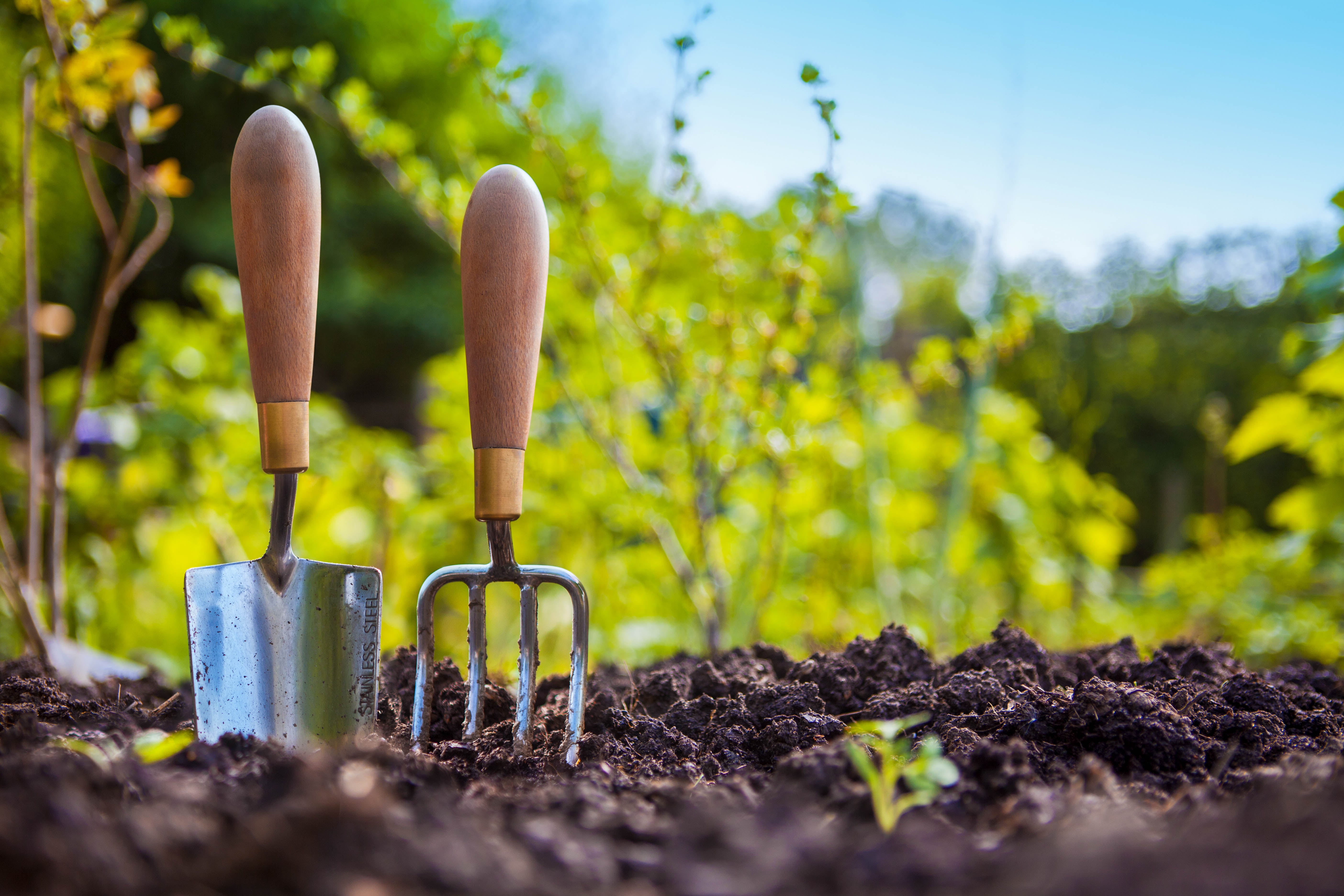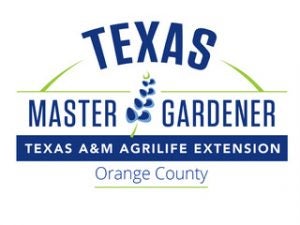Improving clay soil to make it easier for gardening
Published 2:11 pm Sunday, April 5, 2020
|
Getting your Trinity Audio player ready...
|
Certified Texas Master Gardener, Orange County Master Gardeners
As most of you already have figured out the soil in the majority of Orange County is considered Coast Prairie Soil which are mostly deep, dark-gray, neutral to slightly acid clay loams and clays. With clay soil you know it can be a challenge both for you and your plants. Heavy clay drains slowly, staying wet longer and when it does dry it is a hard, cracked surface. Clay soils are usually rich in nutrients.
To work with clay soil, here are some things you can do to help “soften” it and make it easier to work.
Test soil pH. Adjust if necessary. Even tho clay is rich, you need to check to see if it is too acidic or too alkaline. If either, your plants will not be able to take up the nutrients. You can use a home test kit or send a sample to Texas A&M AgriLife for testing. The Orange County Extension office has forms with instructions. Your ideal pH range for most plants if 6.3 – 6.8.
Add organic matter. This helps improve drainage and lighten the heavy soil. It also provides beneficial nutrients for soil microorganisms which will help improve the soil. It is best to add compost and aged manure before you plant in the spring. A 2 to 3-inch layer worked into the soil about shovel depth is a good amount. Thru-out the growing season add organic materials such as shredded leaves, grass clippings (minus weeds) or additional compost. The microorganisms in the soil will “eat” the organic matter, so you will continually need to add “food” for them to keep working.
Build raised beds. Since clay holds water, building raised beds can help with drainage. Raised beds can be a mound of soil, or constructed with sides of wood, brick, stone or many different materials. Size your beds so you can reach the middle from either side. Normally, a raised bed is about 4 feet wide and can be as long as you want. If you purchase a pre-fab kit, most of them are 4×4 or 4×8. With raised beds be sure you add a good quality garden soil, compost and aged manure. Always before planting at the minimum, do a pH test. If your pH is not correct, your plants will not grow.
Mulch beds over winter. Even tho winter has just past, one thing to remember this fall is to mulch your beds. Leaving them bare, the rain beating down can compact the soil making it harder to work the soil in the spring. If you do not have leaves from trees to spread over your garden, you can use straw which can be purchased at a farm supply store. Doing this will also help keep the weed growth down over winter. In the spring, move the mulch to your garden paths if it has not broken down enough to work into the soil. Just remember if you till the soil with a tiller, you are destroying the earthworms that have come to “eat” the organic materials you had put out over winter. So be careful when you start back in spring working your soil.
Expanded Shale. Shale is a common sedimentary rock comprised of flakes of clay and other minerals such as quartz and calcite. Expanded shale is found in Texas when Texas was a huge lakebed. It is a lightweight, gray, porous gravel related to perlite and vermiculite. Adding it to heavy clay soil lightens and aerates the soil and it holds 40% of its weight in water allowing for better water retention around plants. Expanded shale does not breakdown so soils stay loose for years.
Greensand. Greensand is an organic fertilizer that contains mineral deposits from the ocean floor. It can enhance soil structure, increase root growth and is good for the overall health of plants as it provides needed nutrients. Greensand is not water soluble, so it has to break up in the soil. Apply it directly to the soil and do not mix with water and apply early in spring. For flower and vegetable gardens a goal is 30 pounds per 1,000 square feet.
I hope this has given you some insights into how to help you work the clay soils in Orange County. If you have any horticulture or gardening questions, please go to our website https://txmg.org/orange and click on the down arrow on the Contact tab and complete the form. Someone will get back with you within 24 hours.
All of the Master Gardener and Texas A&M AgriLife Programs and classes have been cancelled or postponed until further notice. We will update as dates become available here, on our website and our Facebook page: Orange County Texas Master Gardeners. Please heed the current Emergency Declarations as they are in place for your protection and mine. Happy Gardening!







